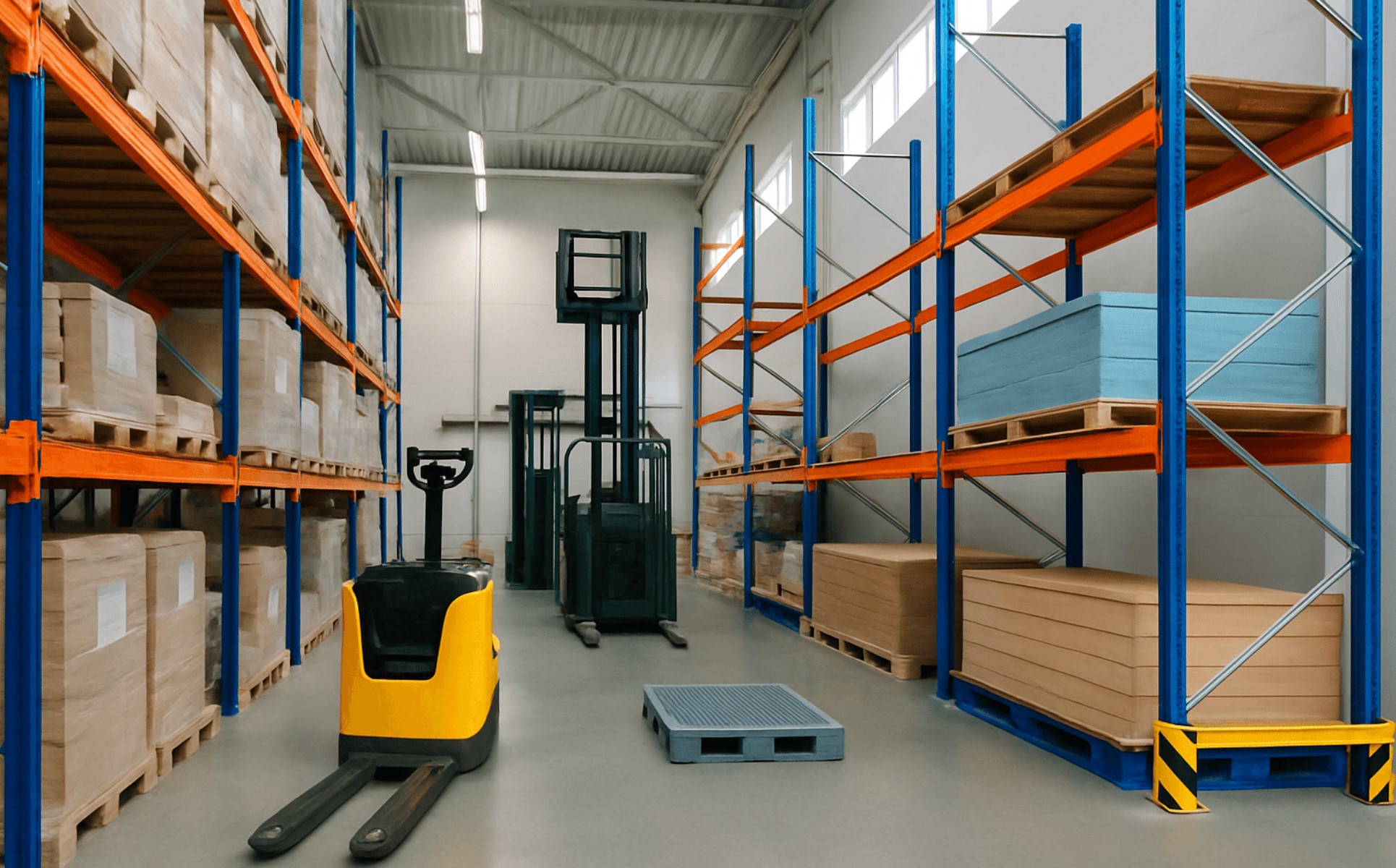———————————————
In the era of business globalization, the proper location of warehouses is one of the key elements of effective logistics. If you export products or import goods to other countries, storage abroad offers important advantages: faster delivery, reduced transportation costs, and improved customer service. But how to choose the right country, plan the layout, and automate operations abroad – this is exactly what the specialists at Dragon Logistics know.
Choosing the country and location
The first step is to analyze your target market. For example, if most of your customers are in Europe, it makes sense to set up a backup warehouse in Poland or Germany. This can reduce delivery times to 1–2 days and lower last-mile logistics costs.
Choose a location based on:
- proximity to bus stations, ports, and railway stations;
- availability of infrastructure – roads, highways, international hubs;
- level of customs and tax regulation – where it is cheaper to clear goods or where licensing requirements are minimal.
Placing a warehouse closer to the country’s center or densely populated areas will also help scale your business in the future.
Types of warehouses: from shared hubs to private facilities
There are several types of warehouses:
- shared-storage (collective warehouses) – distributed spaces where multiple companies store their products. Convenient for small businesses: you share costs for rent, security, and maintenance. The downside is less control over processes;
- dedicated warehouses – a separate area or building just for you. More privacy, space for specific needs, and the possibility of redesigning the layout. However, the investment is higher;
- 3PL operators (third-party logistics) – a turnkey solution: storage, packaging, and delivery. You outsource all warehouse operations.
Depending on the volume and complexity of your products, choose the format that fits your budget and strategy.
Logistics operations: tips for process efficiency
Responsible storage begins with proper receipt of goods. Require the carrier to provide accompanying documents, invoices, and HS codes. All data should be entered into the system and labeled.
Technological storage involves convenient placement following FIFO or FEFO principles, especially for products with a short shelf life. Don’t skimp on shelving and temperature control if special conditions are required. Train your team, as even a small warehouse needs basic knowledge of WMS, inventory management, and customs requirements.
Packaging equipment should be purchased in advance. If you work with local customers, adapt packaging according to regional requirements. Remember eco-friendly packaging – it not only reduces costs but is also popular among environmentally conscious audiences.
The final stage is delivery. Here, local courier services or large operators will be useful. It is important to combine:
- integration with transportation platforms;
- real-time online delivery calculation;
- the possibility of partial shipments and a local returns center.
This will save delivery time for customers and reduce fulfillment costs. Warehouse logistics abroad is a tool that allows you to shorten delivery times, improve customer service, and save on global shipping. If you take business scaling seriously, storage abroad can become a strategic asset, and Dragon Logistics can be your reliable partner.
